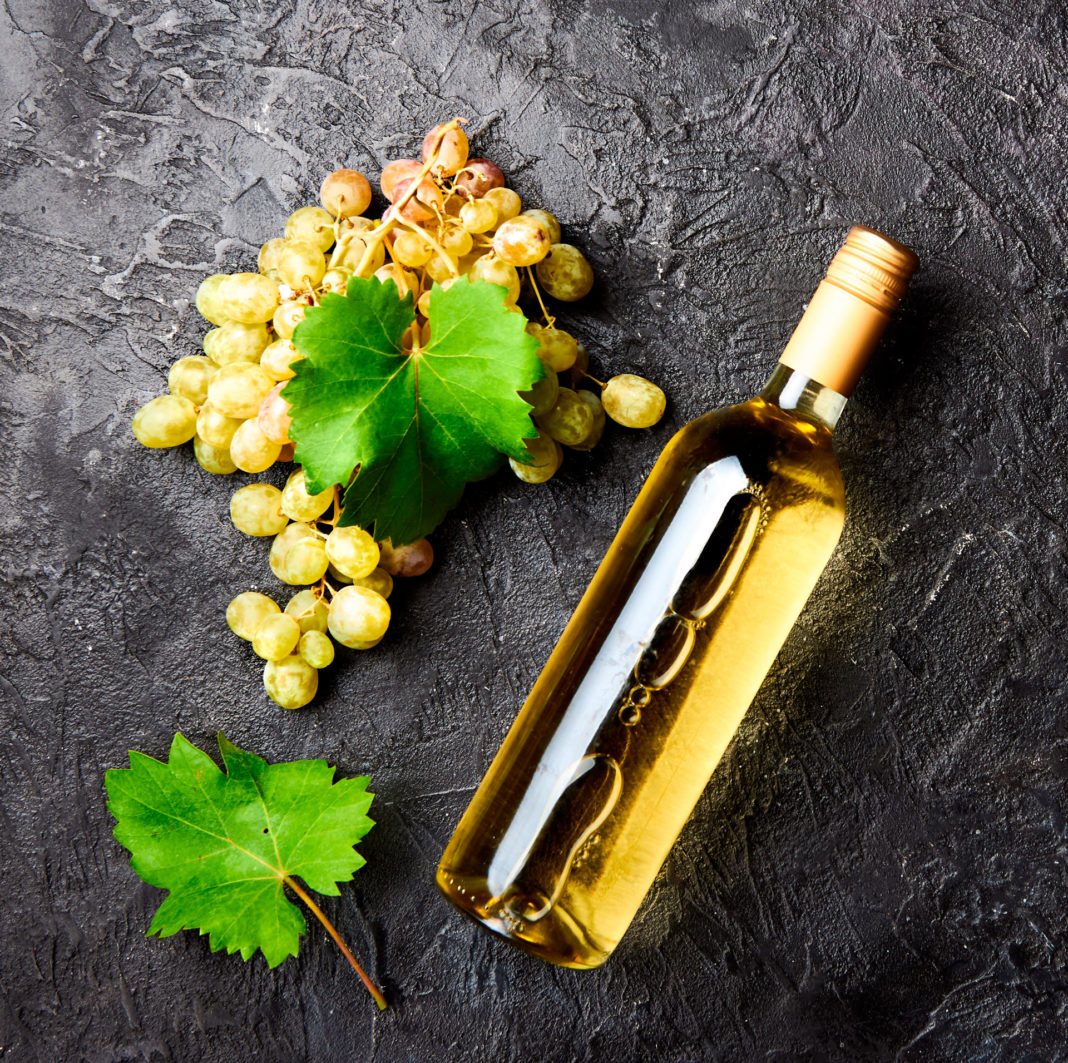Grape varieties that died out in the rest of the world found safe harbour in the Canary Islands thanks to their insularity and relative isolation
The grape pest phylloxera originated in America but reached Europe’s shores in 1863 via infected vines imported from the United States. This tiny insect fed on vine roots and leaves, sapping them of life and while American grapevines were resistant, European vines (Vitis vinifera) were not. The resulting plague wiped out vines throughout practically the whole of Europe, which spelt disaster for agriculture and the wine industry. One of the very few regions spared from phylloxera was the Canary Islands, the other was Chile.
From that time onwards, the solution all over the world has been to graft the aerial part of European vines to American rootstock. This system is not used in the Canaries, instead, we use ungrafted or free-rooted vines, as they are commonly called. This is how we come to have the oldest vineyards in Europe, as well as a great diversity and a heritage of pre-phylloxera varieties that are unique in the world. These include Malvasía Volcánica, which is exclusive to Lanzarote, and others, such as Listan Negro, found throughout the Canary Islands. A recent study detailing more varietals is pending publication.
According to researcher Francesca Fort attached to the Department of Biochemistry and Biotechnology at Rovira i Virgili University (URV) in Tarragona, “The Canary Islands have the answer to two unresolved problems in the world; the homogenisation of wines and climate change. What’s more, as wine homogenisation has affected biodiversity, the Canary Islands can provide an answer to this, too. Adds Fort, “Vitis vinifera has had the chance to evolve for more than five hundred years in the Canary Islands, so new specimens have emerged. In this way, the archipelago has become one of the world’s main centres of vine biodiversity. When we refer to Canary Island grape varieties, many of them are unique in the world, either because they became extinct elsewhere due to phylloxera or because they are mutations that have been produced here. This unique quality is obviously reflected in the production of the islands’ unique wines. It’s a matter of passing on the genetic uniqueness to each glass of wine, making spectacular wine with an already genetically spectacular grape.”



